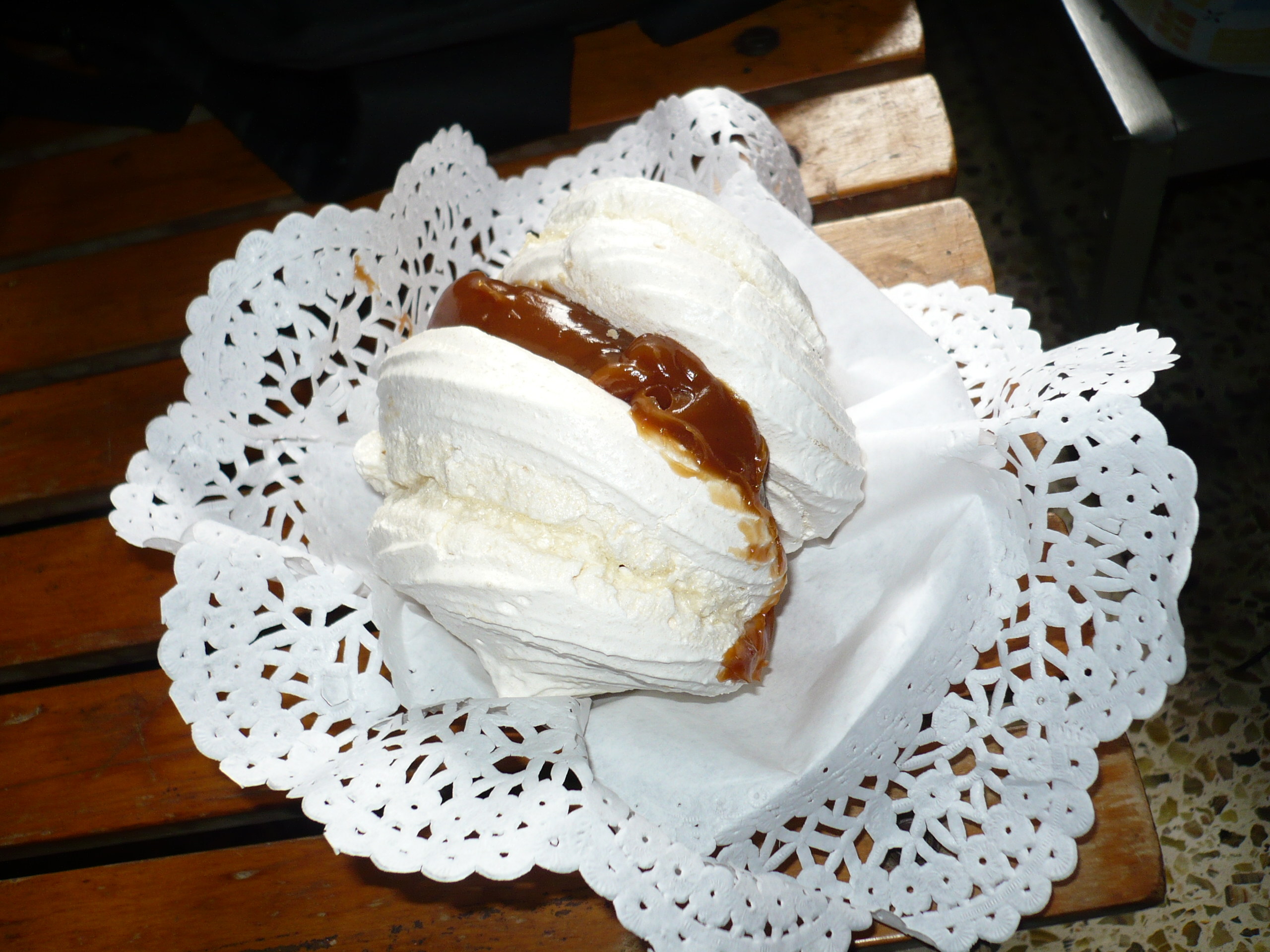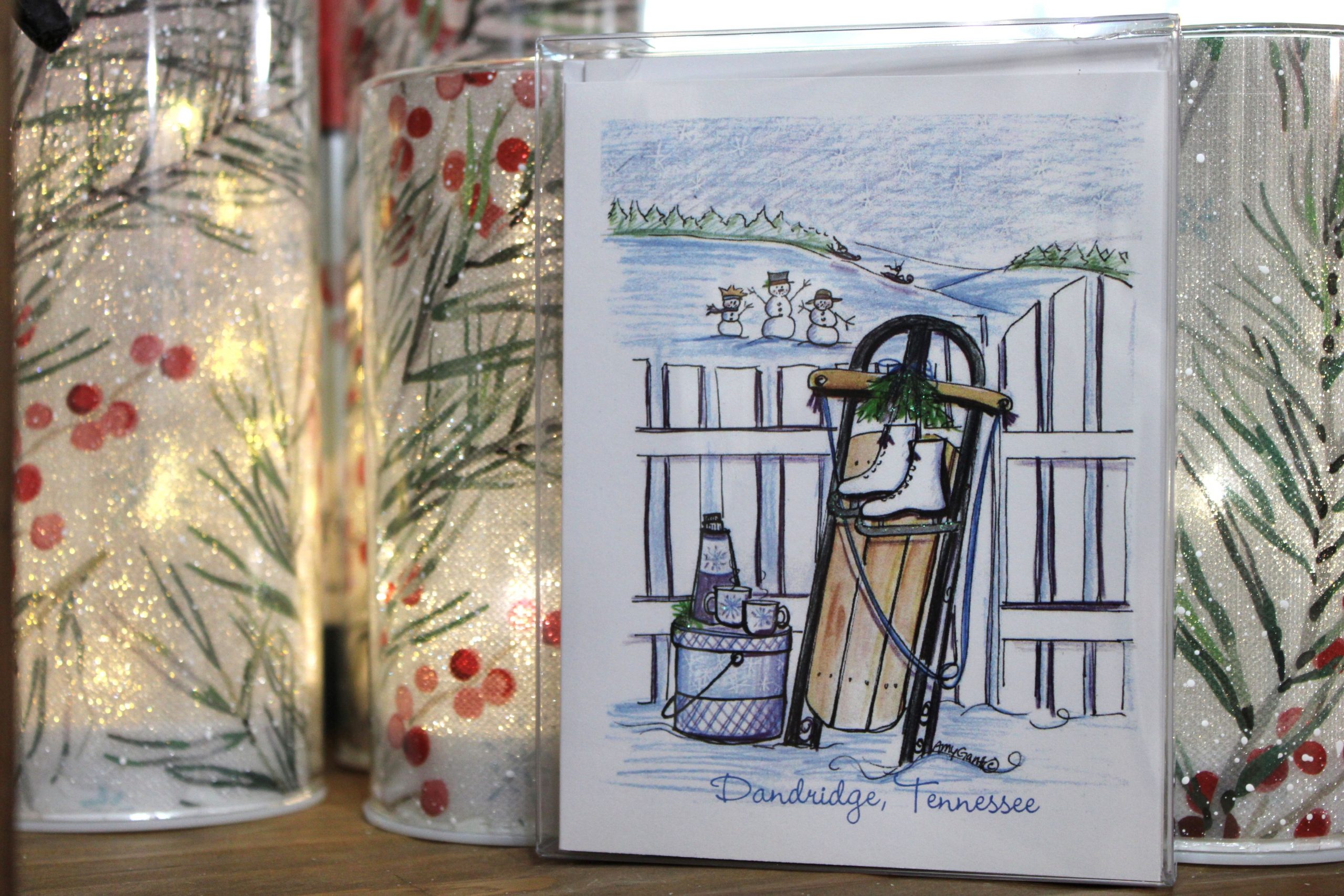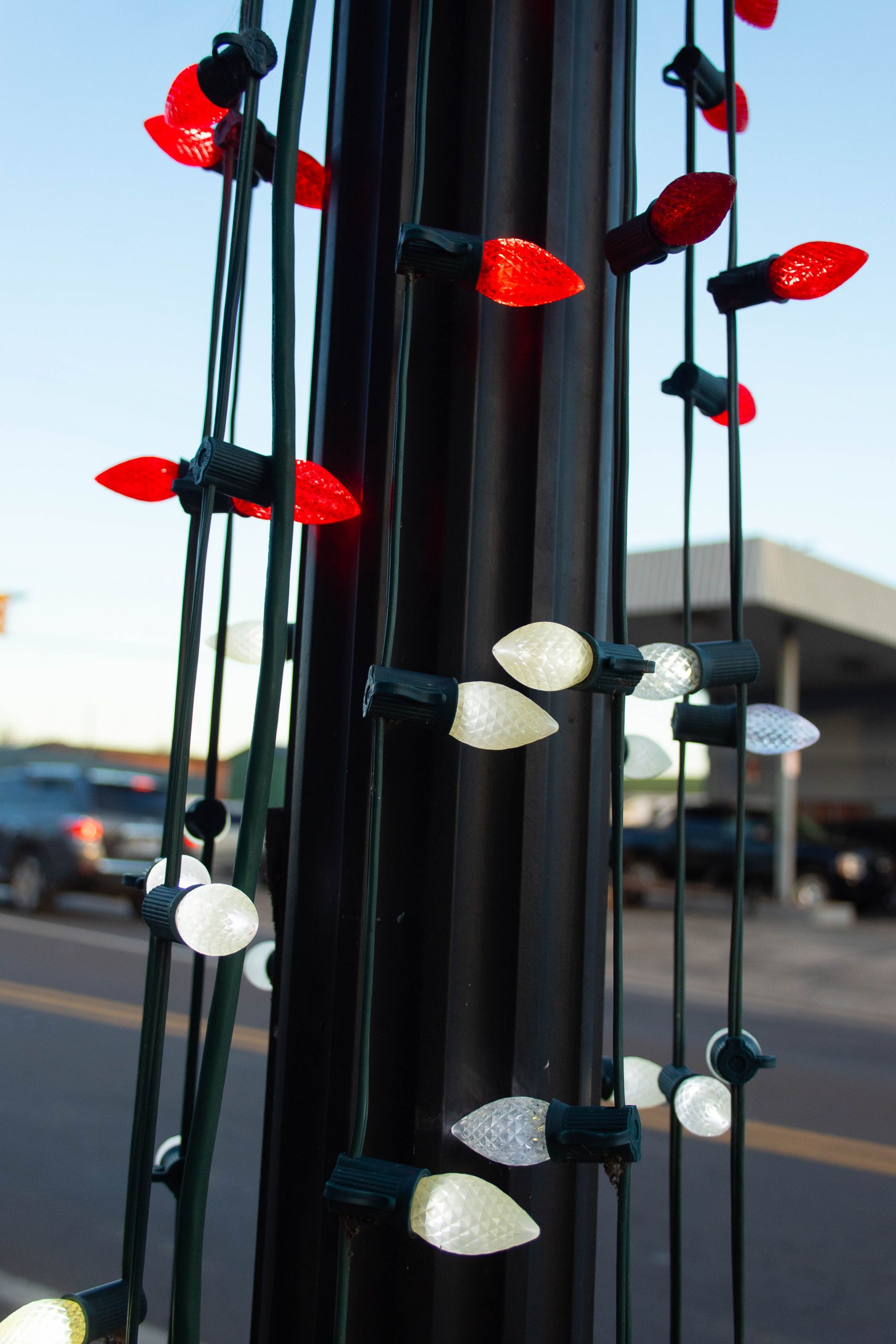By David Lavrinovich, Staff Writer
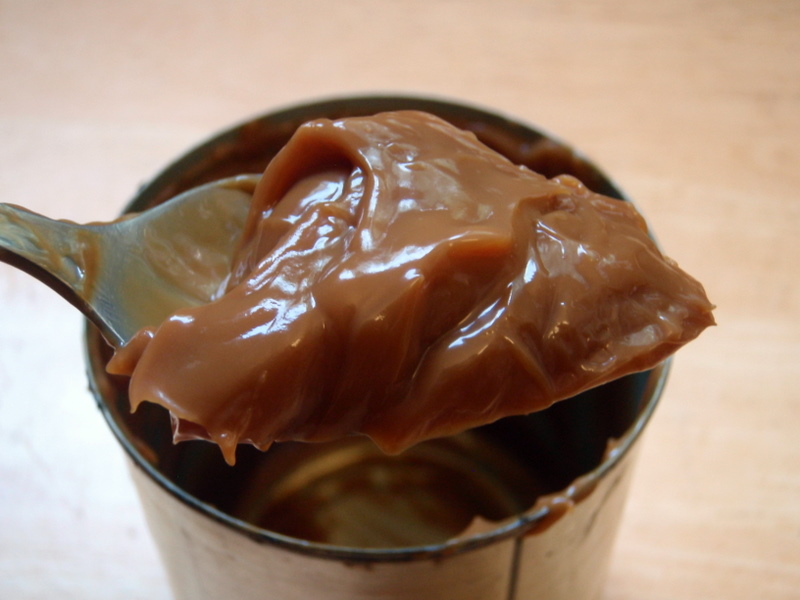
A caramel-like confection that is popular throughout the world, dulce de leche holds a special place in my heart (as well as my stomach). While popular throughout Latin America, it deserves a lot more love here in the United States. The only country that could ever rival my love for the treat is Argentina, which has designated every October 11 as International Dulce de Leche Day since 1998. Thankfully, this year, the holiday happens to fall on a Saturday, meaning this weekend is the perfect chance for anyone to indulge in some dulce de leche!
The exact origins of dulce de leche are disputed, with many countries like Indonesia, the Philippines, and Chile laying claim to the dessert. Argentina bases its informal ownership of dulce de leche through a document in the National Historical Museum that details its invention; the story goes that around 1829, a prominent political figure, Juan Manuel de Rosas, had his maid, Lavalle, make him a mixture of warm milk and sugar. While the drink, known as lechada, was cooking, she fell asleep and accidentally left it simmering for too long. When Rosas arrived, he was furious with Lavalle’s laziness, but was delighted when she served him the strangely delicious brown concoction. Thus dulce de leche was born!
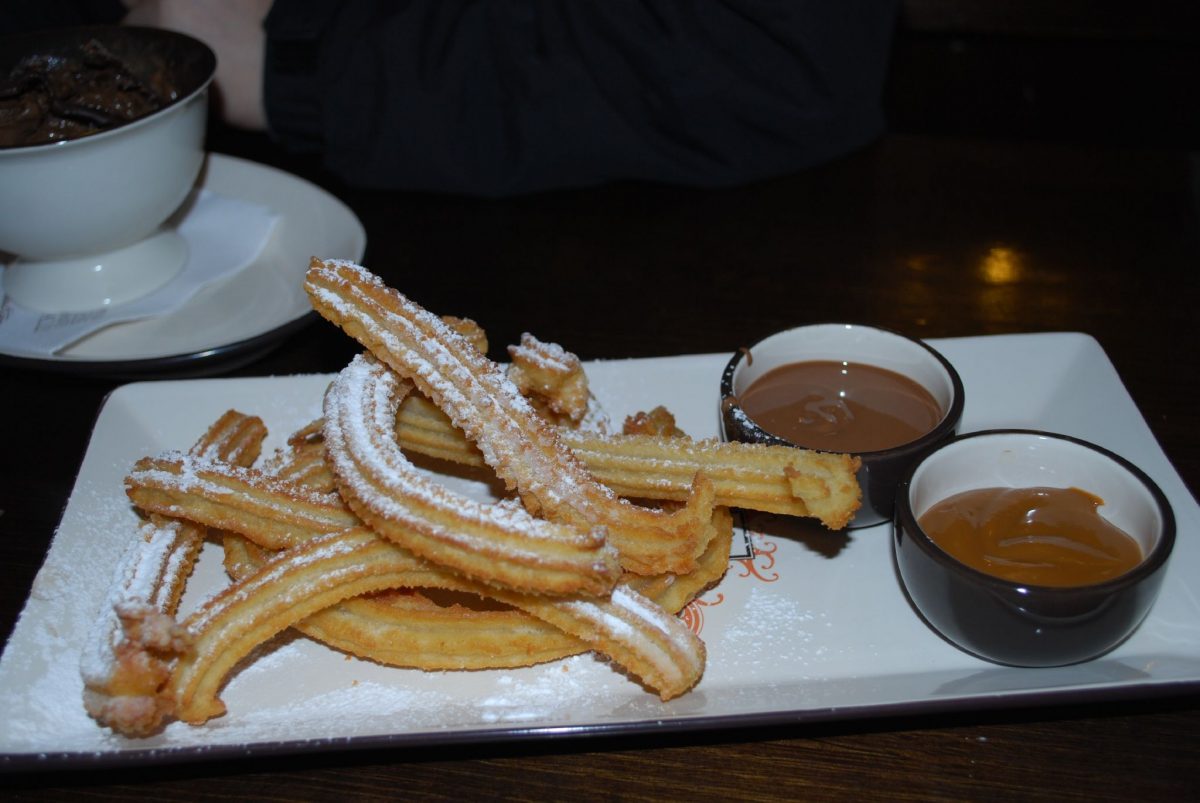
While such a story would be a fun and simple anecdote, historians believe this to be a myth that drew elements from Chile’s experience with creating the dessert. Regardless, Argentina cemented itself as having a cultural stronghold on dulce de leche, becoming a top contender for both the biggest producer and consumer of the confection. Dulce de leche is a source of national pride for many Argentines and a staple within its cuisine, being used on churros, meringues, or even eaten by the spoonful.
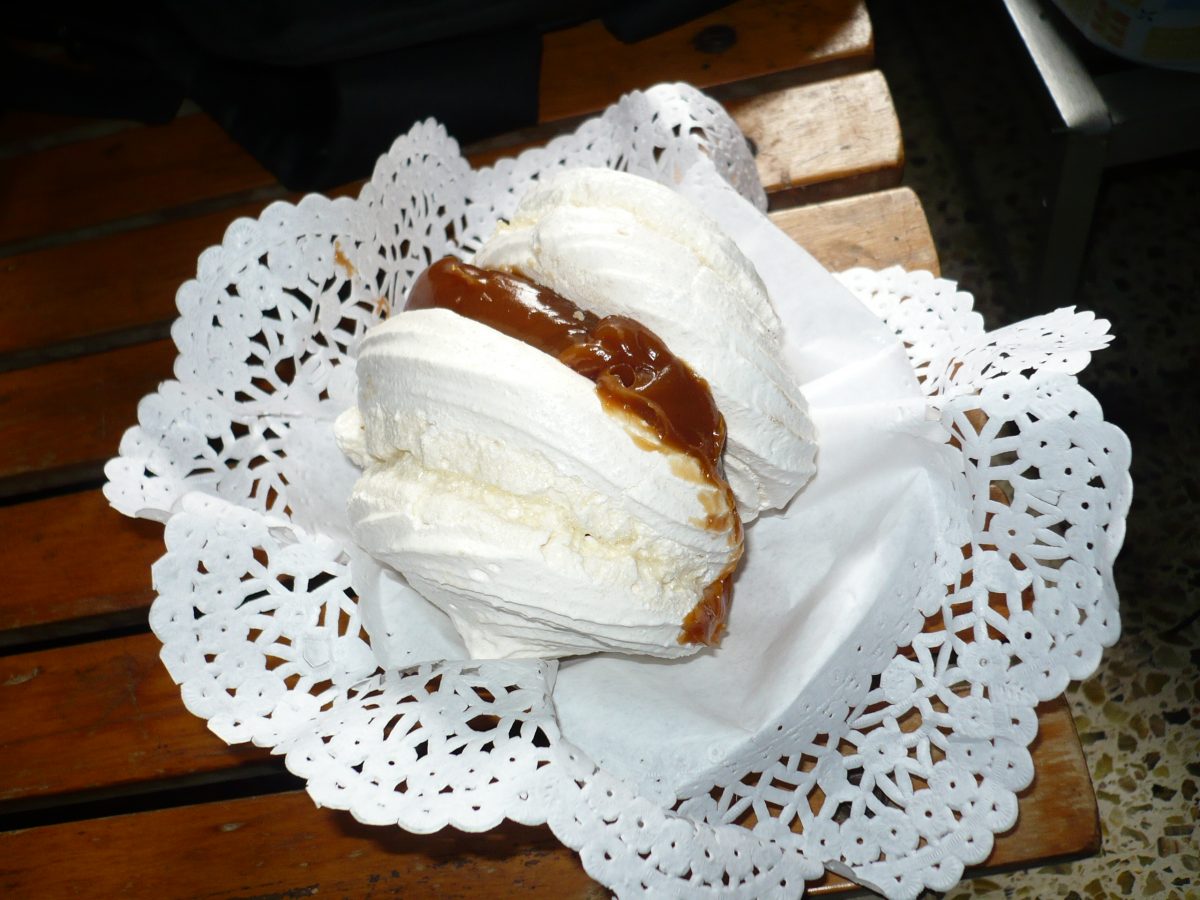
A similar variation to dulce de leche exists in Eastern Europe. Known in Russian as varenaya sgushchenka/вареная сгущенка, literally translating to “boiled condensed milk,” referencing how the confection is cooked. Growing up, this was one of my favorite treats; the simple act of boiling a few cans of condensed milk to transform it into confectionery gold was easy and delicious at the same time.
However, like many immigrant families and communities who adapted to the ingredients of their new home, our Russian household began buying dulce de leche directly from the store. Having such a dessert so easily accessible was amazing for my sweet tooth, but not so great for my dental bills. I can enjoy an unhealthy amount of dulce de leche, either by itself with some piping hot tea or as part of a dessert.
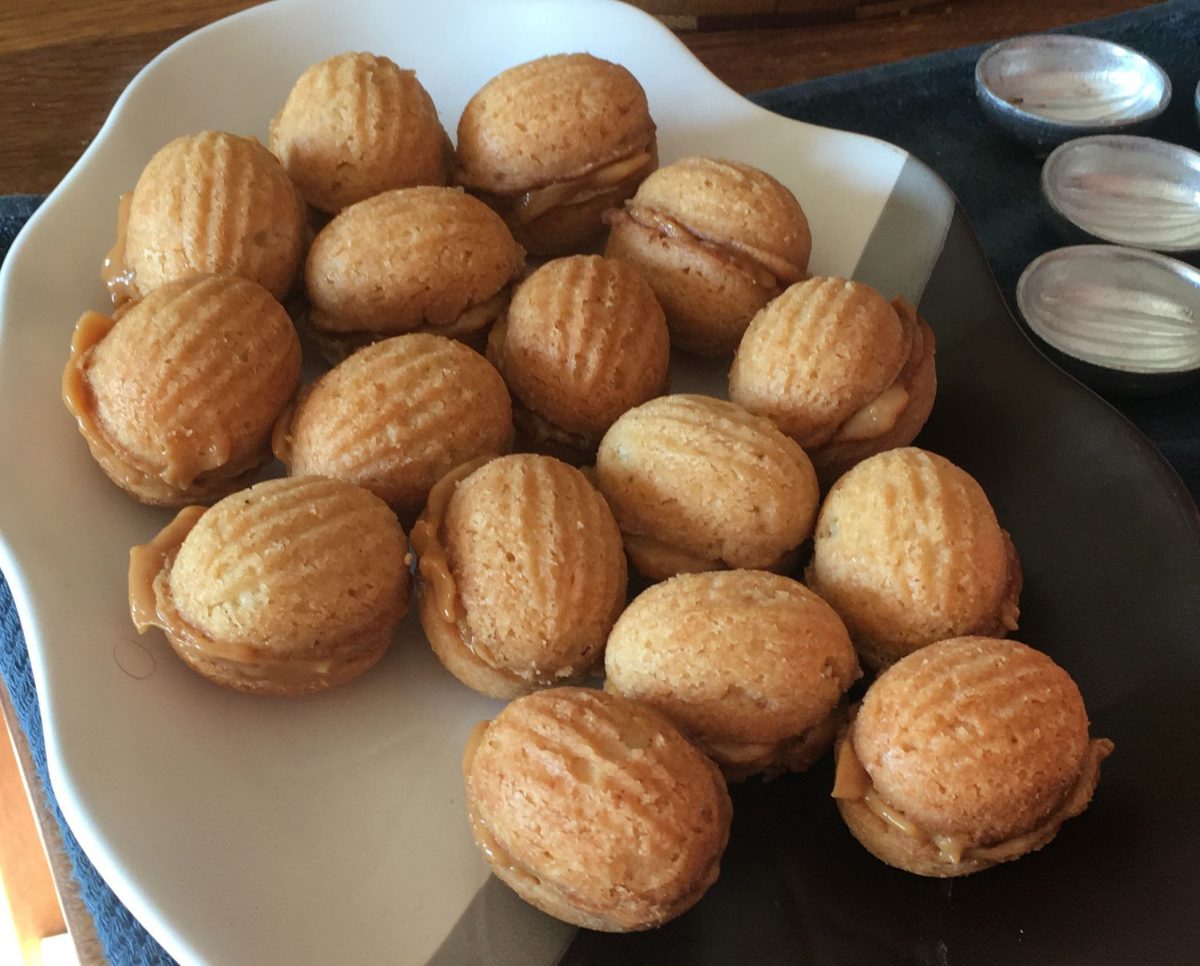
Just like in Latin America, many traditional Eastern European desserts use dulce de leche or a similar variation. Russian oreshki/орешки are small cookies in the shape of walnuts that use it as a filling; these were some of my favorite pastries, but even with the use of store-bought instead of homemade dulce de leche, they were still tedious to make. For this reason, my favorite dessert that uses dulce de leche is waffle cake, also known as vafelnyy tort/вафельный торт. In spite of this dessert’s Ukrainian origin, its simplicity meant that it was almost always present at any of the gatherings I attended growing up with other Russians, Moldovans, and Ukrainians.

Dulce de leche holds a lot of cultural significance due to its rich history and delightful innovation within the confectionery world. Plainly put, dulce de leche is delicious and deserves even more praise than it already gets. Whether you’re a number one fan like I am, or have never heard of it before in your life, treat yourself this weekend on October 11 for International Dulce de Leche Day!


